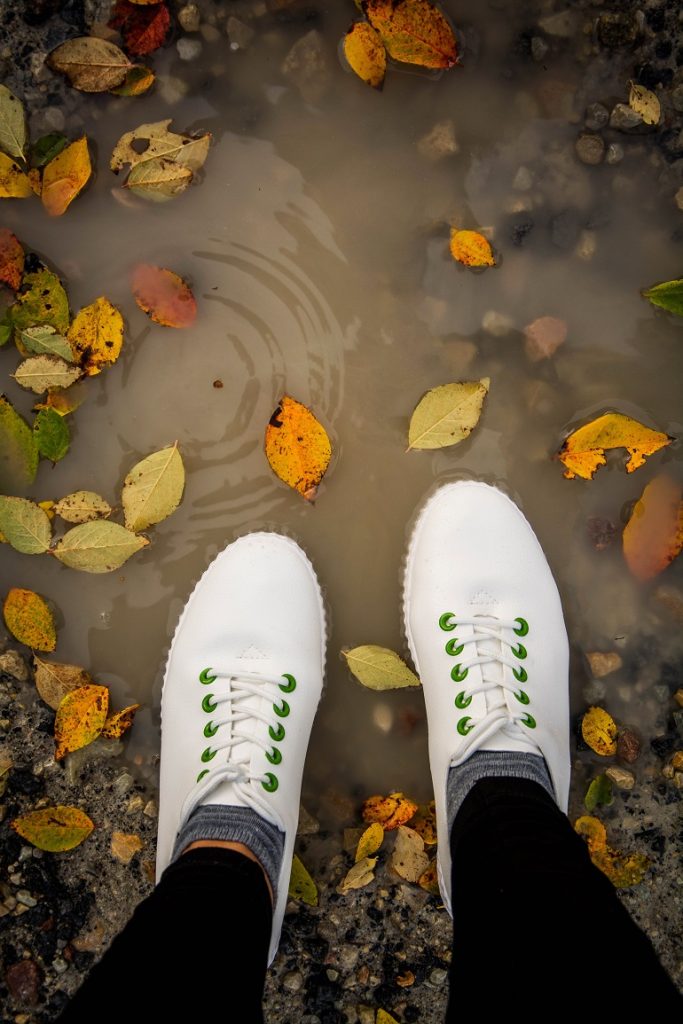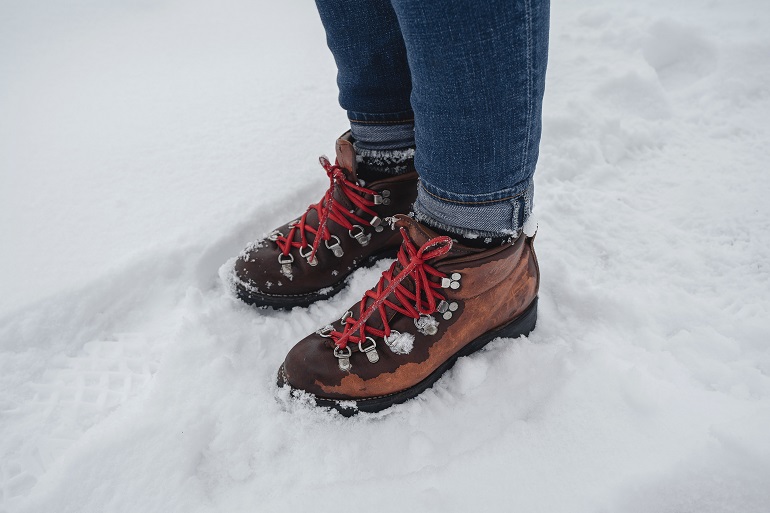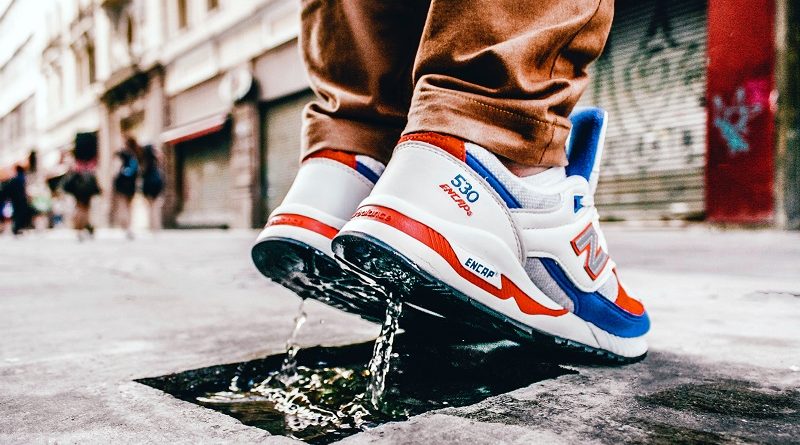A Guide to Waterproof Footwear: Where Style Meets Protection
No matter how vital it may be to life on Earth, rain can spoil your fun outside. So, one of the most important things to do when the weather calls for it is to learn how to stay dry by choosing the appropriate footwear. The days when children splashed around in mud puddles wearing those enormous rubber galoshes are long gone.
Nowadays, waterproof footwear is much more adaptable, made of different materials for different activities, and comes in a wide range of styles. And, for those wondering what types of shoes are waterproof or what should I look for in a waterproof shoe, the following guidelines might give you all the answers.
What Makes the Footwear Waterproof?

It’s basically the choice of materials it’s made with. Shoes made of rubber, full-grain leather, and synthetic materials like neoprene are waterproof, as opposed to water-resistant footwear which is made of breathable, porous materials that allow some water vapour to travel through. Undeniably, a pair of high-quality waterproof comfy shoes will keep your feet dry and supported no matter the weather.
In other words, for activities like fishing, waterfowl hunting, and gardening where there is a possibility of extended exposure to water or muck, waterproof kicks are a necessity. The least expensive option, and one that provides adequate water protection, are usually rubber footwear alternatives. They can, however, be heavy and uncomfortable to wear for long amounts of time.
In terms of style and weather resistance, leather variants are a more expensive alternative. Neoprene options, on the other hand, are a great solution because they provide both flexible comfort and reliable water protection. They are fairly priced as well. You’ve undoubtedly heard of the Gore-Tex fabric by now. It is a well-liked fabric that is advertised as waterproof and breathable and is used in numerous outdoor clothing and boots. However, Gore-Tex shoes are NOT completely waterproof, despite their high level of water resistance.
Style
The right pair of waterproof comfy shoes should be ideal for the purpose for which it was intended. Given the fact that there are so many style options on the market these days, we have narrowed down the most common and popular styles below!
Waterproof Walking Shoes

Sometimes you need shoes that can manage both roads and trails, whether you’re out taking a stroll around town or trudging through dense vegetation while experiencing nature with your dog. Look for walking waterproof shoes Australia-wide that are flexible and made of lightweight materials to give you more mobility and flexibility.
Waterproof Winter Boots

Tall waterproof winter boots are better suited for trudging through thick snow cover or freezing puddles when the temperature drops below zero and snow begins to accumulate outside. Since regular shoes aren’t suited for this, look for winter boots with high-quality uppers and adequate thermal insulation to ensure warmth even in subfreezing conditions!
Fishing Boots

Good wading boots are made to be lightweight so that you won’t feel restricted when going through the water. High-end waterproof fishing boots are typically manufactured with neoprene uppers and anti-slip rubber soles to create a nearly impenetrable barrier against moisture.
Hiking Shoes and Boots

You can make the most out of your outdoor pursuits without the right pair of outdoor shoes. For shorter hikes or paths with little need for foot protection, hiking shoes tend to be more breathable and lighter.
Due to their expanded ankle support and reinforced toe protection for added durability, waterproof hiking boots, on the other hand, provide more stability. Both typically have rubber soles with thick treads for the best traction on slick areas.
The Pros and Cons of Waterproof Footwear
In damp or snowy conditions, rain boots, snow boots, and insulated boots with waterproofing are excellent foot protection options. They shield your feet from the weather and keep them warm in addition to keeping them dry. High-end designs also endure a lot of wear and tear, and are very durable.
Waterproof boots are excellent at protecting your feet from external wetness, but they might not be the most comfortable and breathable option. Since impermeable materials like rubber or neoprene are used to construct most of the genuinely waterproof designs, your feet sweat a lot more rapidly, and since neither outside water nor your sweat can penetrate the boot, you end up with hot, sweaty feet.
Wearing wool hosiery is recommended because of its superior moisture-wicking capabilities. Additionally, some comfort waterproof shoes can be very heavy and bulky, which could be uncomfortable to wear for an extended length of time. Finally, boots and shoes with features meant to offset the aforementioned shortcomings are expensive and may not be within everyone’s price range.
Cleaning and Maintenance Tips
You can keep your waterproof boots and shoes in excellent condition by following these maintenance tips:
- Regularly clean your boots and shoes with a mild cleanser designed especially for the materials involved. Avoid using abrasive detergents because they can harm your shoes’ waterproof covering.
- Before wearing any boots or shoes, look inside to make sure there are no holes or tears that could get worse over time.
- After each use, wipe your waterproof comfy shoes and clean with a brush or cloth to eliminate any mud, salt, or debris.
- To help ensure your footwear remains waterproof for as long as possible, apply a waterproof protectant on a breathable membrane at least once a month.
- To avoid cracking or compromising the waterproofing of your winter boots, keep them somewhere cool and dry during the warmer months.
- To ensure your boots have the most traction and support when you need them the most, replace any worn-out laces or treads.

